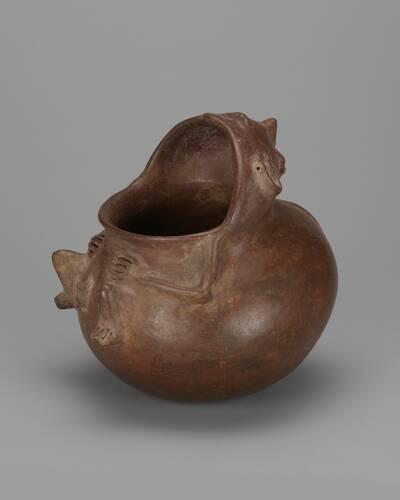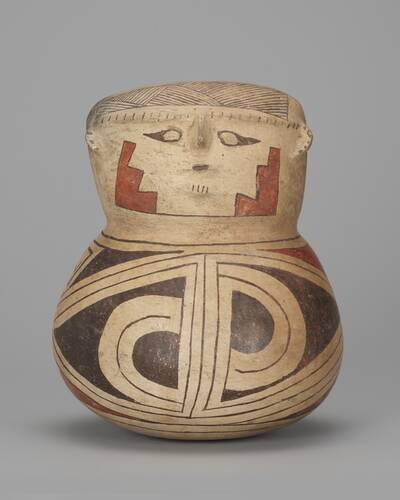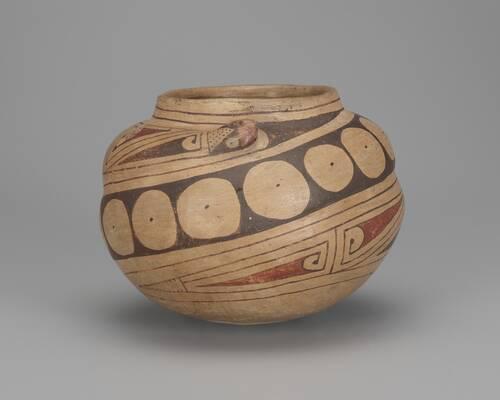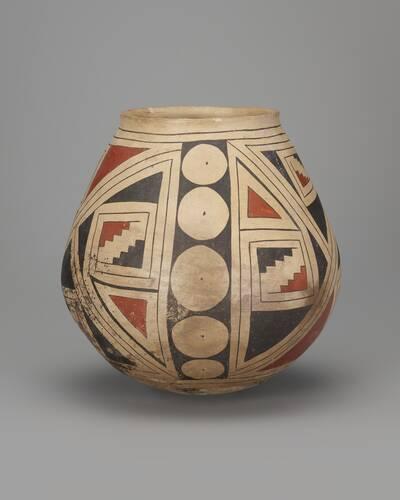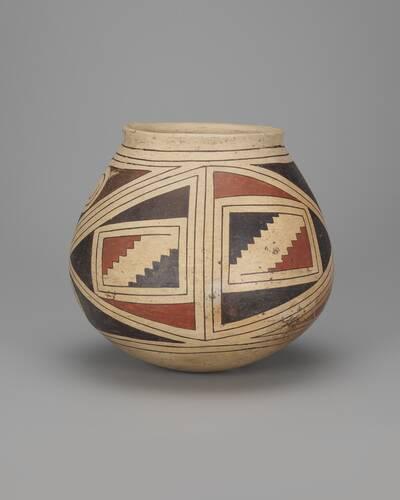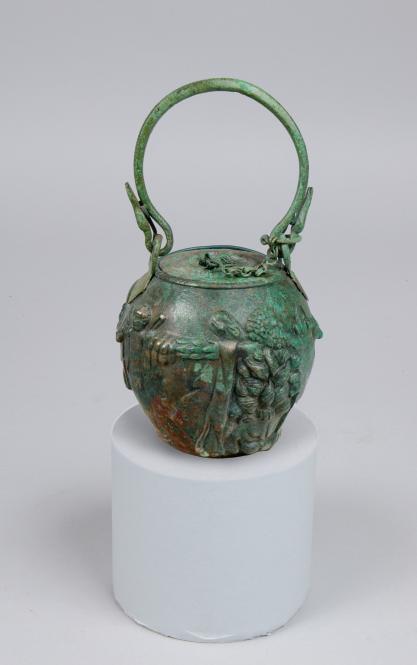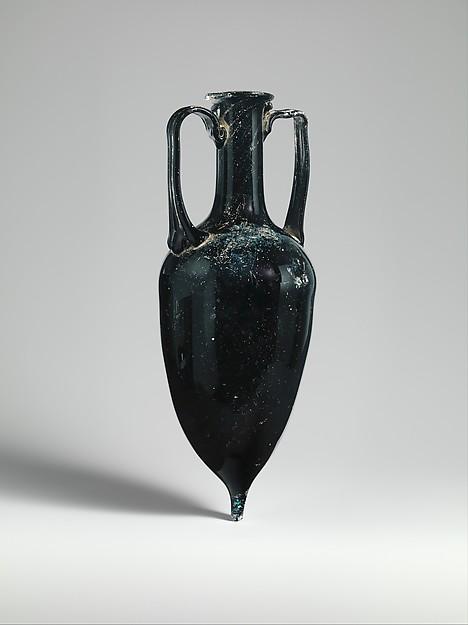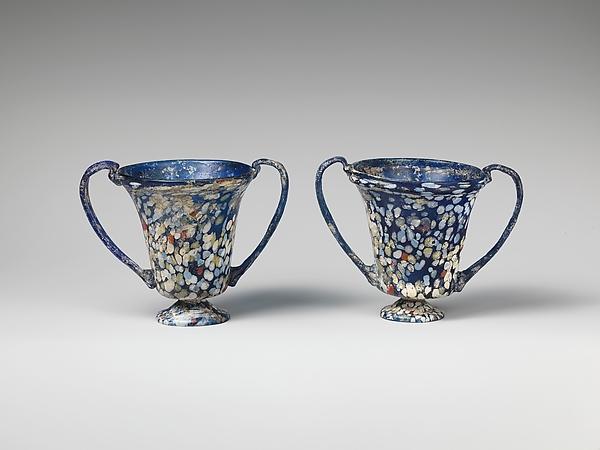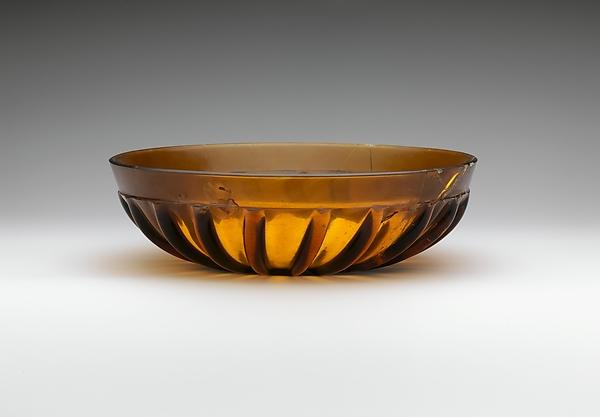2008.031.108
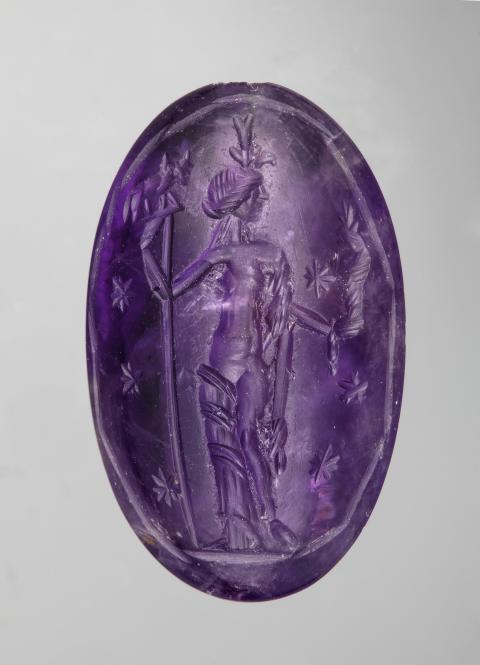
Object Title
Intaglio with Isis-Aphrodite
Measurements
1.9 x 1.1 x 0.6 cm
Creation Date
late 2nd - mid 3rd Century CE
Credit Line
Gift of the Estate of Michael J. Shubin
Museum Name
Museum Contact
ashanle@emory.edu
Culture
Country of Origin
Object Type
Materials / Techniques
Object URL
https://collections.carlos.emory.edu/objects/25009/intaglio-with-isisaphrodite?ctx=3f173903a68eab2fbd235cdd3892eea7f08c8efd&idx=0
Museum's Definition of Antiquity
Older than 1000 CE
Provenance Information
Ex coll. Michael Shubin (1950-2008), Montebello, California, acquired from Simon Ohan Simonian, California, September 20, 1991.
Exhibition Information
To our knowledge, this object has never been exhibited.
Publication Information
To our knowledge, this object has never been published.
Section of the AAMD Guidelines relied upon for the exception to 1970
Partial interest received prior to 2008
Explain why the object fits the exception set forth above
The initial gift was accepted under the guidelines of the 2004 AAMD Report on the Acquisition of Archaeological Materials and Ancient Art as an extraordinary teaching resource.
